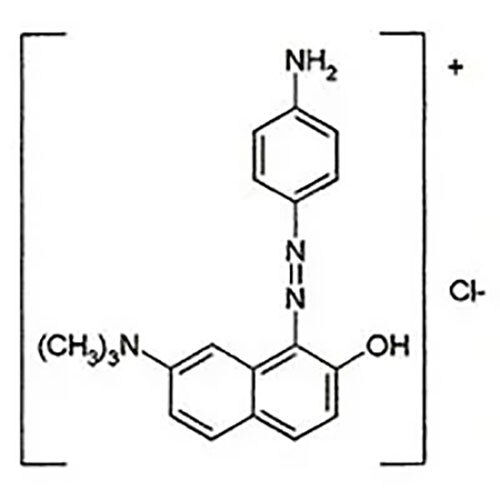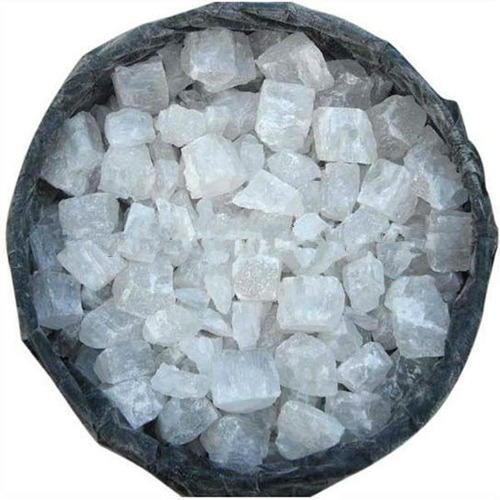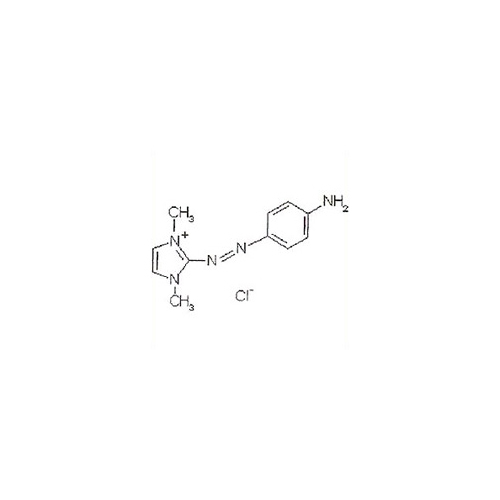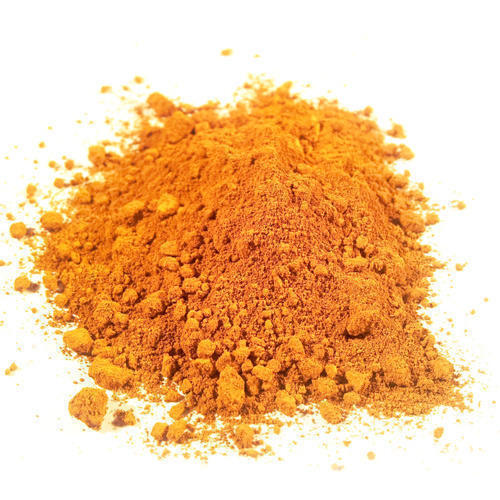Para Phenyldiamine
Price 90 INR/ Kilograms
Para Phenyldiamine Specification
- Smell
- Amine-Like
- Solubility
- Soluble in water, ethanol, and ether
- Taste
- Bitter
- Moisture (%)
- 0.5%
- Grade
- Industrial Grade
- Melting Point
- 137-140C
- Purity
- 99% Min
- Resistance
- Moderate to water & alkalis
- Size
- Standard Industrial Grade
- Structural Formula
- C6H4(NH2)2
- Ph Level
- 7 (neutral in solution)
- Poisonous
- YES
- Shape
- Granules or Powder
- Strength
- High Reactivity
- HS Code
- 29215119
- Application
- Hair Dye, Dye Intermediate, Rubber Chemicals
- Boiling point
- 267C
- Water Resistance
- Moderate
- Shelf Life
- 2 Years
- Solvent Color
- Colorless or Slightly Brown
- Molecular Formula
- C6H8N2
- Rubbing Resistance
- Good
- Other Names
- PPD, 1,4-Diaminobenzene, p-Phenylenediamine
- Density
- 1.16 Gram per cubic centimeter(g/cm3)
- CAS No
- 106-50-3
- Type
- Chemical
- Usage
- Hair Color, Dye Intermediates, Cosmetics, Pharmaceuticals
- EINECS No
- 203-404-7
- Physical Form
- Crystalline Solid
Para Phenyldiamine Trade Information
- Minimum Order Quantity
- 500 Kilograms
- Supply Ability
- 50000 Kilograms Per Week
- Delivery Time
- 3-7 Days
About Para Phenyldiamine
Para Phenyldiamine:-
Our company is listed as a leading manufacturer and exporter of high quality Para Phenyldiamine which are used for manufacturing cosmetic and dye intermediates. We use the best grade raw materials sourced from trusted vendors who ensure uninterrupted supply. Available in 100% purity with negligible moisture content in the powdered form, Para Phenyldiamine appears as white color crystal with a flashpoint of 155 degrees Celsius. This is a high grade compound manufactured to meet the requirements by our national and international clients. We offer the product in suitable packs as per the demands by our customers.
Features of Para Phenyldiamine:
- Accurate composition
- Good for use in manufacturing cosmetic products
- Harmless in application
- Availability in various packing options
MOQ 50kg
| Specifications of Para Phenyldiamine : | |
|---|---|
| Chemical Name | Para Phenylene Diamine |
| Synonym | Para Diamino Benzene Para Amino Aniline |
| CAS No. | 106-50-3 |
| Molecular Weight | 108 GM/Mole |
| Molecular Formula | C6 H8 N2 |
| Structural Formula | H2N-- ----NH2 |
| Melting Point | 139.5-141.50 C |
| Purity | 99.9% min(Organic)/99.5% min (Gravimetric) |
| Flash Point | 155 C |
| Other Insolubles | 0.1 % Max |
| Moisture | 0.2 % Max |
| Form Supplied | Powder |
| Physical Appearance | White color |
| Basis Of Sale | As is Basis |
| Packing | 25/50 Kgs. Bags/Drums |
| Uses | Cosmetics, Dye intermediate etc. |
Product Applications and Functionality
Para Phenylenediamine (PPD) serves essential roles across personal care and chemical industries. Its primary uses include functioning as a dye intermediate in hair colors, as well as in the production of rubber chemicals, cosmetics, and pharmaceuticals. Its excellent color-fastness, solubility, and reactivity make it invaluable for industrial applications where both performance and chemical purity are required.
Safe Handling and Storage Guidelines
PPD must be handled with stringent precautions due to its toxic nature. Always store in a tightly closed container, away from moisture and direct light, to maintain product stability and prevent hazardous exposure. Use proper protective equipment during handling, and follow local and international safety guidelines regarding hazardous substances.
FAQs of Para Phenyldiamine:
Q: How should Para Phenylenediamine (PPD) be stored to maintain its stability?
A: PPD should be stored in a tightly closed container, away from light and moisture, to prevent degradation or hazardous exposure. Ensure the storage area is cool and dry for optimal stability and safety.Q: What are the main uses of Para Phenylenediamine in industry?
A: PPD is predominantly used as a dye intermediate in hair coloring products, as well as in producing rubber chemicals, cosmetics, and pharmaceuticals. Its high reactivity and purity make it suitable for multiple industrial applications.Q: When should protective measures be taken while handling PPD?
A: Protective measures, including gloves, eyewear, and proper ventilation, should always be used when handling PPD, due to its classification as a toxic substance (Hazard Class 6.1). Avoid direct skin and eye contact.Q: Where can Para Phenylenediamine be safely transported or supplied from in India?
A: PPD can be supplied or exported by licensed dealers, exporters, manufactuers, and suppliers in India. Transportation must comply with regulations for hazardous substances, including labeling with UN Number 1673.Q: What is the process of using PPD in hair dye formulations?
A: In hair dye applications, PPD acts as a precursor that reacts with oxidizing agents to create color molecules. Formulations are carefully controlled to limit free amine content and ensure user safety.Q: What are the benefits of using PPD as a dye intermediate?
A: PPD offers excellent color-fastness, rubbing resistance, and solubility, making it highly effective in dyeing applications. It ensures vibrant, long-lasting results in hair and textile dyes.Q: How compatible is PPD with other chemicals during formulation?
A: PPD is incompatible with strong oxidizing agents and should not be mixed with them. Its moderate resistance to water and alkalis supports stable formulation in compatible chemical processes.

Price:
- 50
- 100
- 200
- 250
- 500
- 1000+
More Products in Hair Dyes Category
Basic Red 76 Hair Dyes
Minimum Order Quantity : 500 Kilograms
Application : Other, Used in permanent and semipermanent hair color formulations
Solubility : Soluble in water
Physical Form : Powder
CAS No : 68449845
Molecular Formula : C16H19N4Cl
Para Phenyldiamine
Minimum Order Quantity : 500 Kilograms
Application : Industrial
Solubility : In water
Physical Form : Solid
CAS No : 106503
Molecular Formula : C6 H8 N2
Basic Orange 31
Minimum Order Quantity : 500 Kilograms
Application : Industrial
Solubility : In water
CAS No : 97404029
Molecular Formula : C11H14N5Cl
Basic Brown 16
Minimum Order Quantity : 500 Kilograms
Application : Industrial
Solubility : In water
Physical Form : Powder
CAS No : 263 81419
Molecular Formula : C19 H21N4 OC1
 |
MEGHA INTERNATIONAL
All Rights Reserved.(Terms of Use) Developed and Managed by Infocom Network Private Limited. |
 English
English Spanish
Spanish French
French German
German Italian
Italian Chinese (Simplified)
Chinese (Simplified) Japanese
Japanese Korean
Korean Arabic
Arabic Portuguese
Portuguese
 Send Inquiry
Send Inquiry




